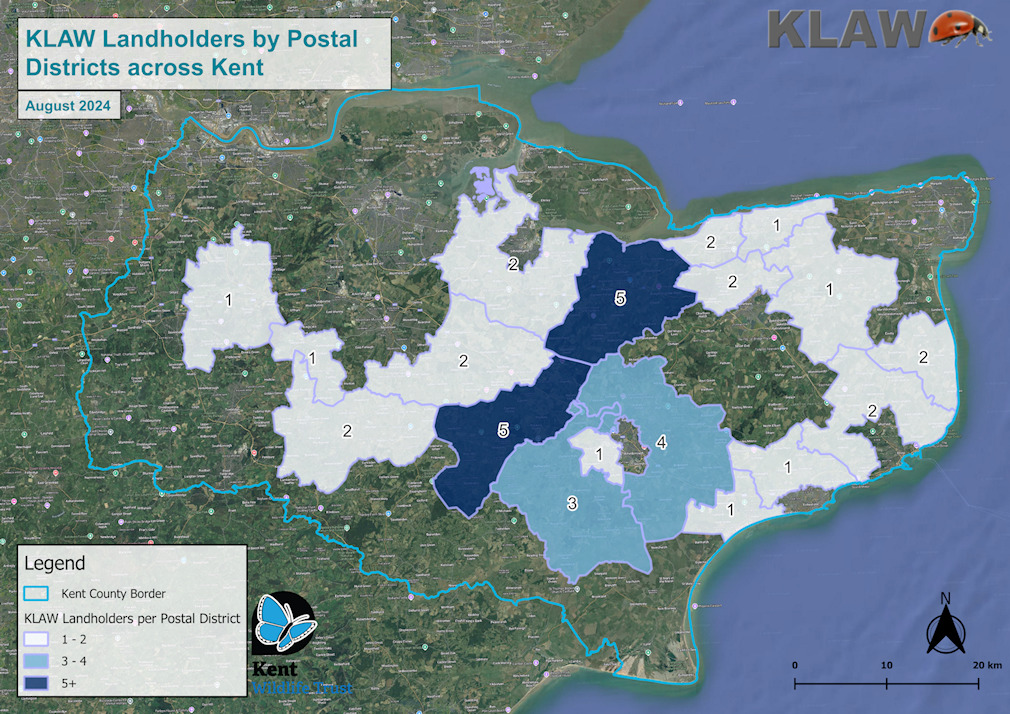
Most of the landholdings are listed below in alphabetic order. Words such as "The" are included in names, but are not used for alphabetic ordering. More details of a selection of landholdings can be seen by clicking on the underlined links. The landholder members focus on a wide variety of interests and activities, reflecting the mixed approaches that can help wildlife in Kent.
As well as showing details of landholdings, there is a map of where landholders live. This is below the landholding lists. PLease scroll down to the next screen to see this.
This map has been produced to help KLAW members identify if there are other members nearby, for example to arrange car sharing when attending KLAW events. This is been done using postal addresses / post codes. It will be updated as and when new members join. If you would like to be put in touch with a nearby neighbour please let the KLAW Secretary know by emailing: secretary@KLAWonline.co.uk.

Aidamora is just under 6 acres of chalk grassland, managed with horses, wildflower meadows and a track system. There is around 250-300 metres of mature native hedgerows and a newly planted 175metres.
Aviaries is approximately 1 acre mosaic of neutral grassland, scrub, mature trees and a large pond. The land is managed for biodiversity, partly by brushcutting and annual collection, with some recent seasonal grazing by white faced woodland sheep. There are some nice plants, including adders tongue fern and broad-leaved helleborines.

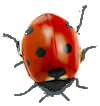

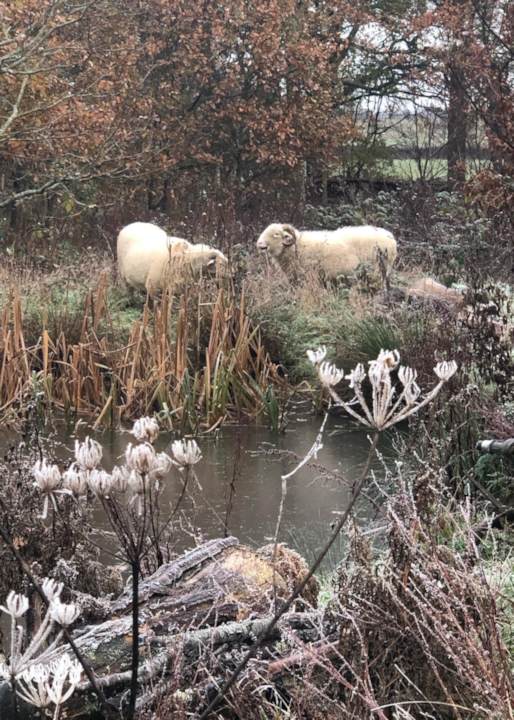
The landholding is about 20 acres of grassland, sloping down to the Medway. It includes some floodplain, with some fen vegetation, wet grassland and, scrub, adjacent to a small ancient woodland. I grow flowers for cutting and selling on the top of the field.

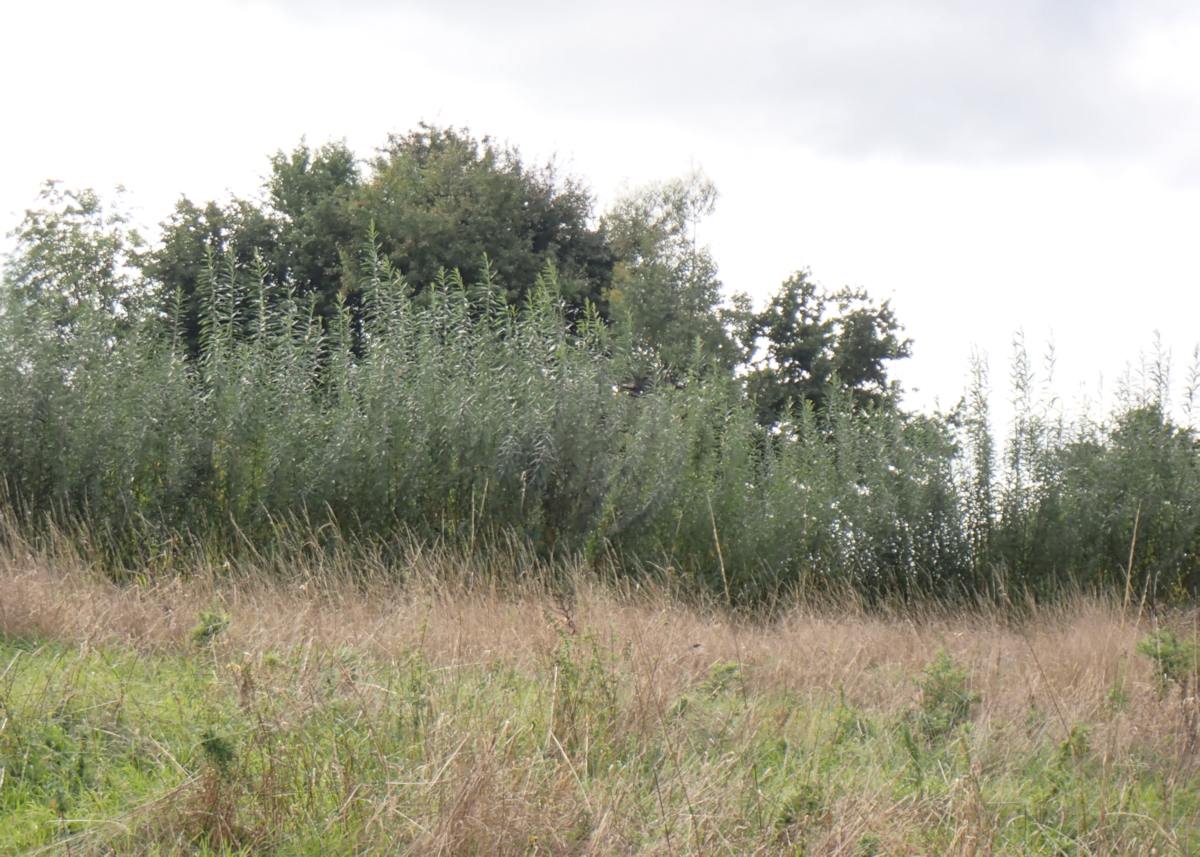
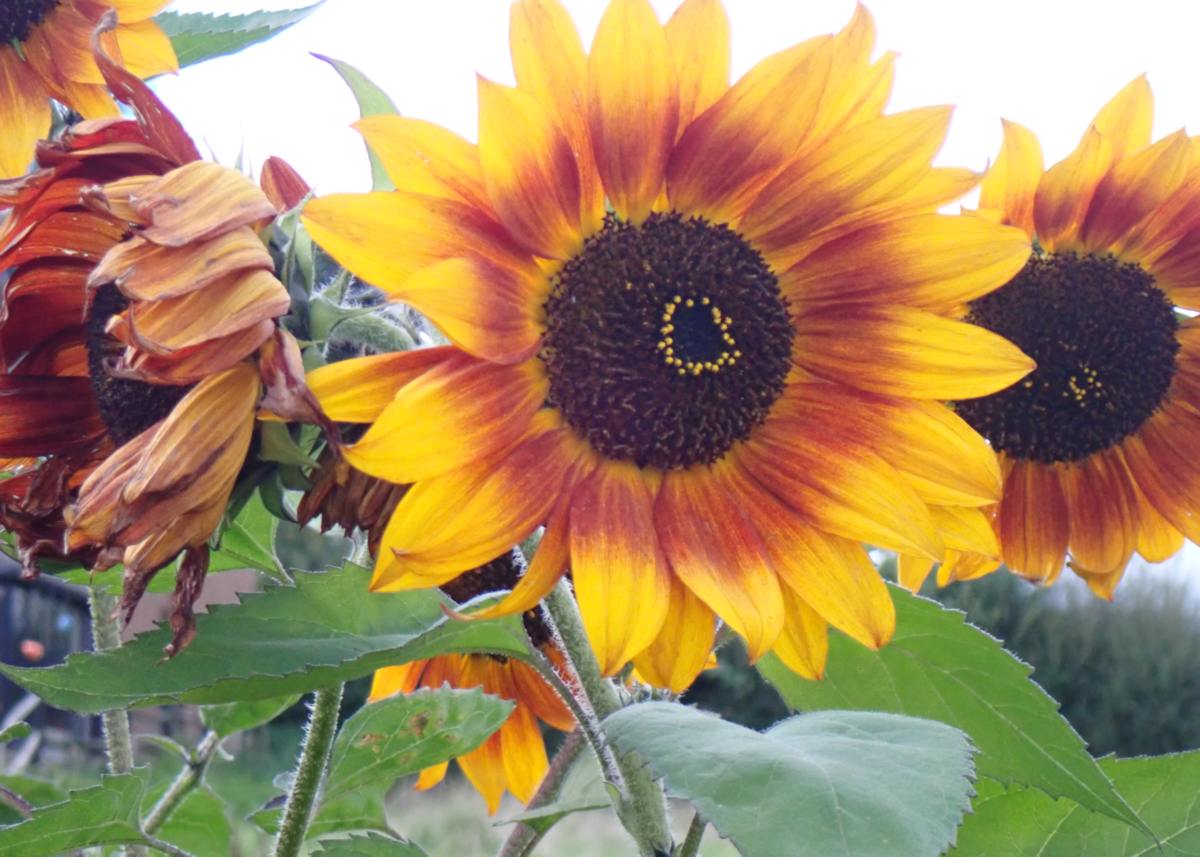
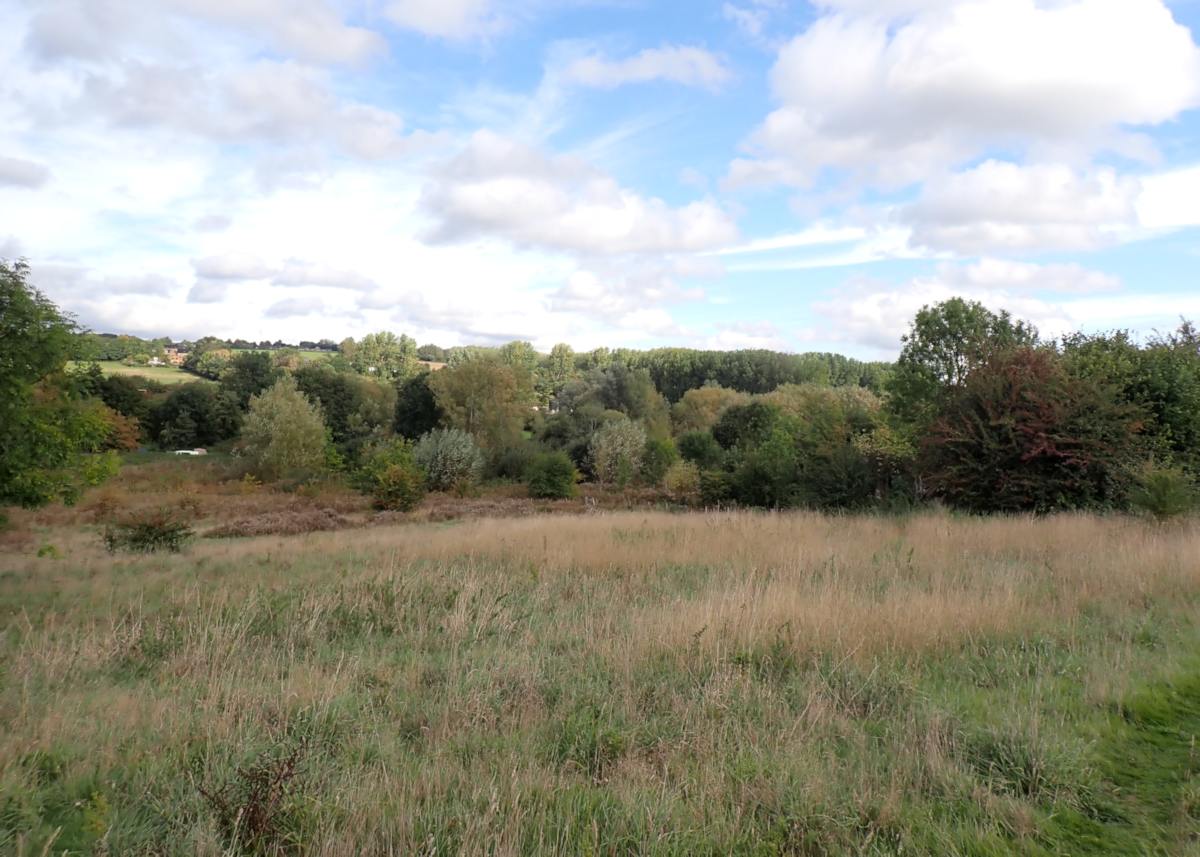
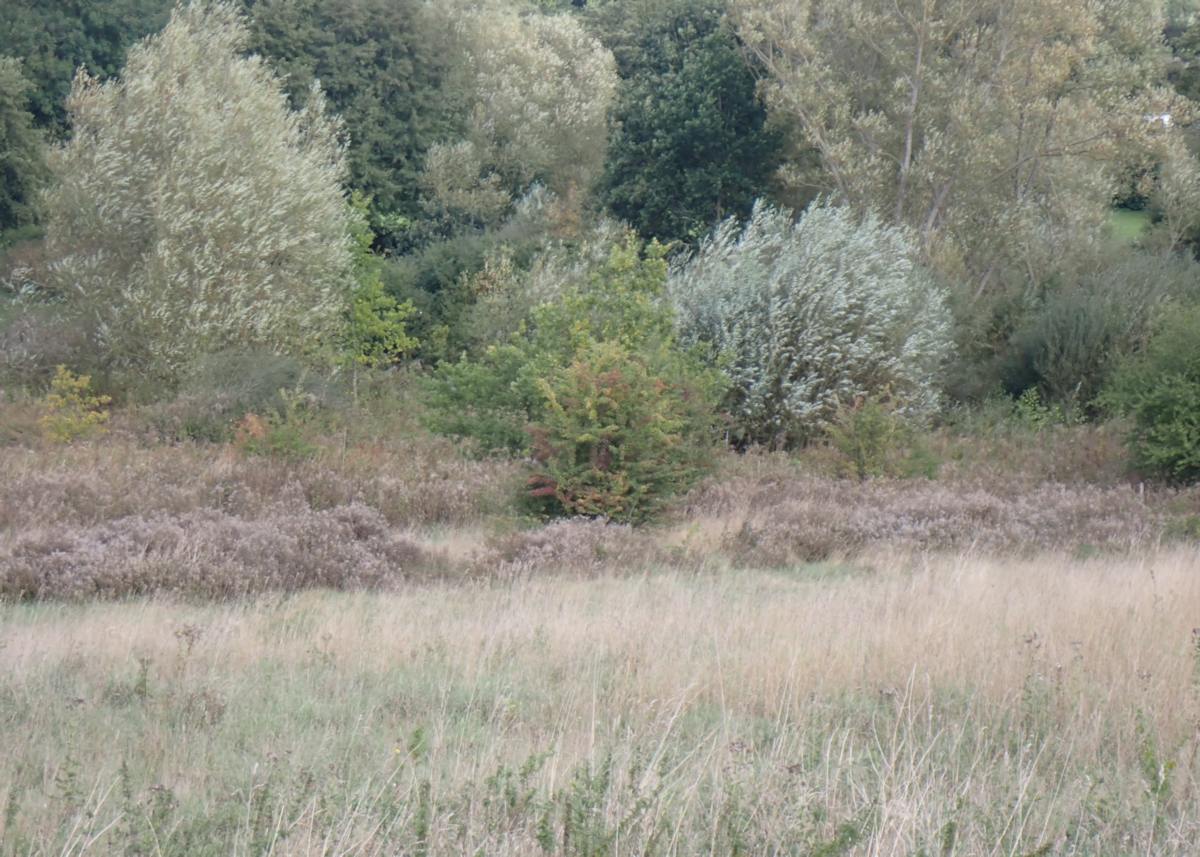
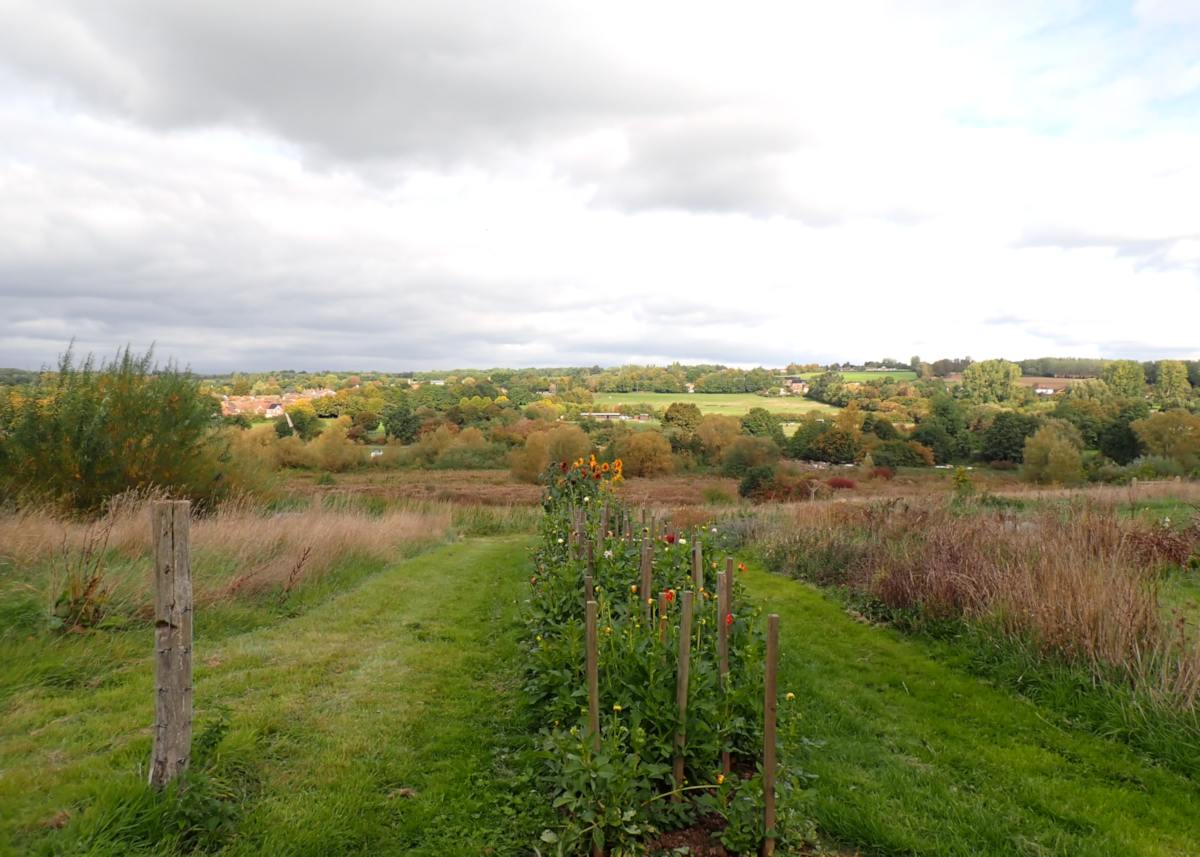
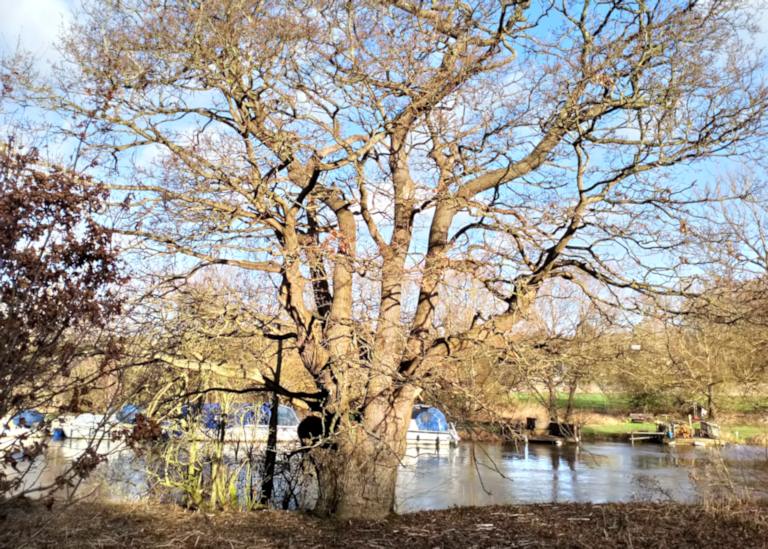

Claringbolds farm is a 22 acre smallholding on the outskirts of High Halden. The name Claringbolds originates from one of the historical field names. Rob Graham and Sally Newing purchased the land back in 2015. The goal was and is to work the land alongside Rob's existing conservation business and to enable their children to explore nature and the environment as they grow up.
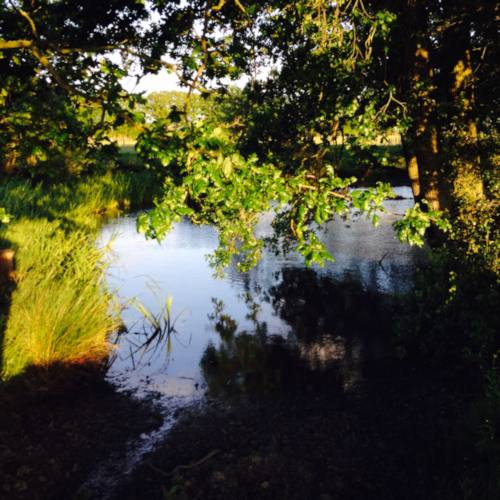
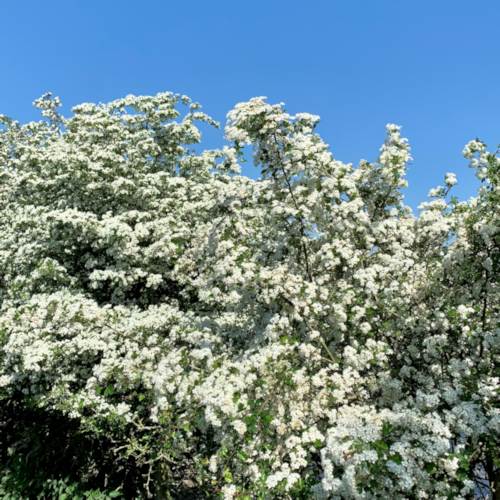
The land has been transformed into a functioning small holding with 2 flocks of rare breed sheep, vegetable patch and re-wilded areas. The land is divided into three fields with boundaries being a mix of hedgerows, woodland shores and newly planted 10 metre re- wilded corridors. The soil is heavy Wealden clay. The land and livestock are managed with organic principles.
Over the years an increase in flora and fauna has been noticed. The meadows are more species rich and different birds have been recorded including fieldfare, yellowhammers, little owls, barn owls and buzzards. The roadside field initially consisted of a limited sward, but over time species such as birds foot trefoil, self-heal and red clover have re-colonised.
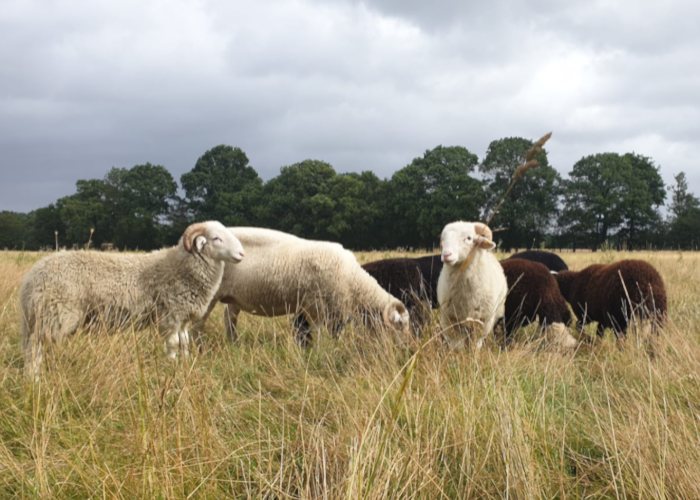

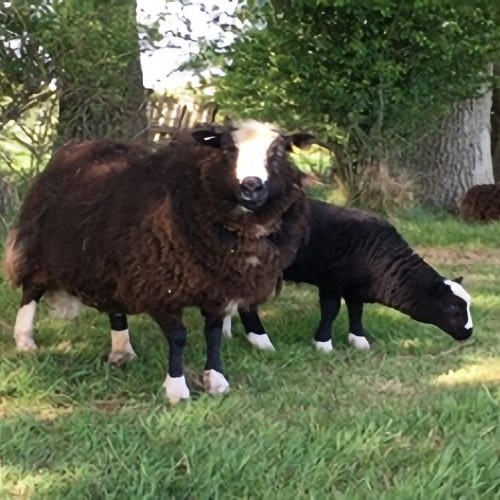
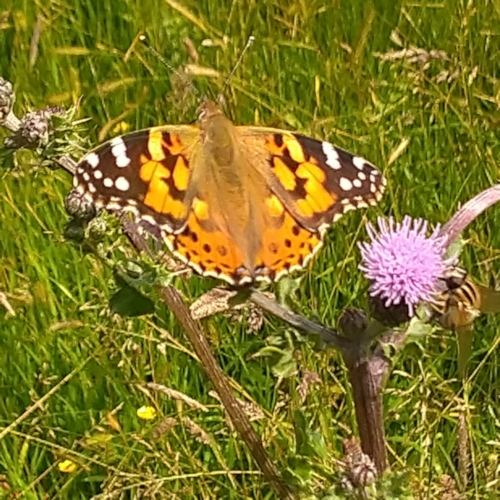
The small holding works hand in hand with Rob's conservation business, which works with landowners and businesses to create and restore the natural environment. Click here to find more information.

We have eleven acres of woodland south of Canterbury and for the last two years we have been managing it for biodiversity. It is quite a varied wood. Half of it was felled in the last twenty years, replanted with native trees and now regenerating with a lush understorey. The other half has a central core of mature Silver Birch that is surrounded by a wide mix of trees, including coppiced Hazel. The wood is home to a variety of wildlife - including Hazel Dormice and Tawny Owls that hunt for worms in the winter.
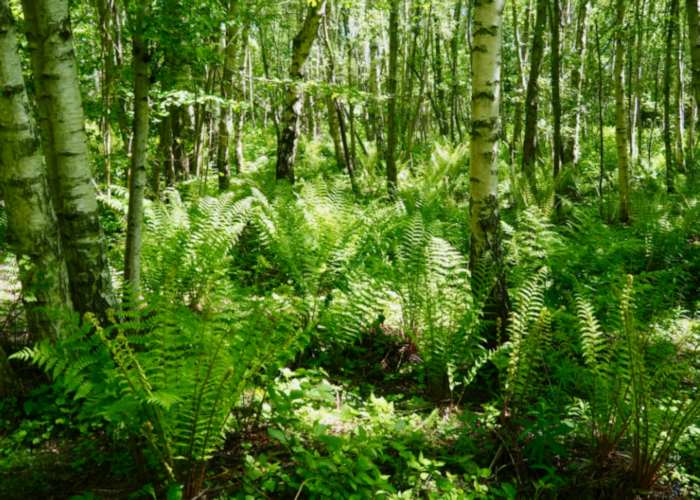
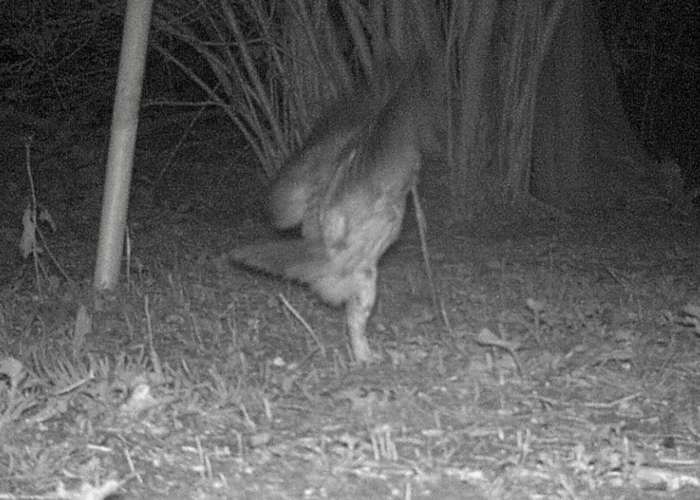
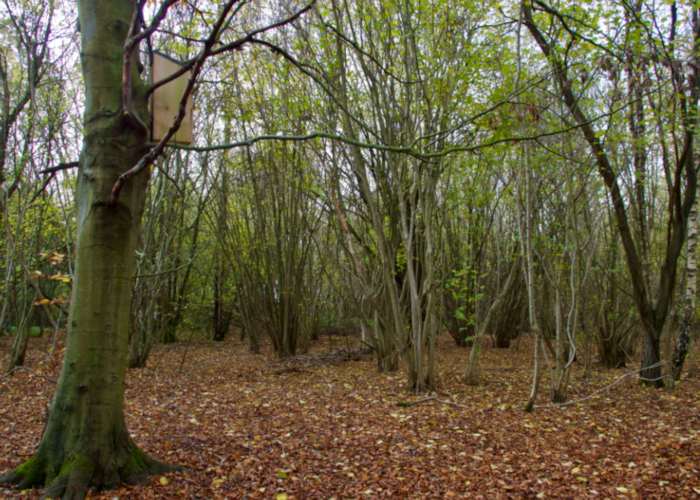
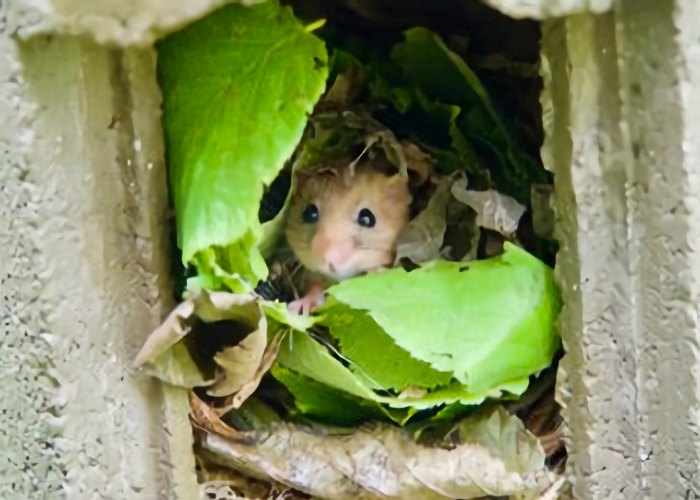
We also care for 6 acres of grassland near the east Kent coast, on the edge of a degraded low chalk cliff. Previously arable fields, we are now managing the land as a wildflower meadow and to provide habitat for as diverse a population of wildlife as we can. It now hums with insects and provides a safe haven for migrating birds. Two small ponds installed in the last few years have rapidly became a focus for the wildlife.
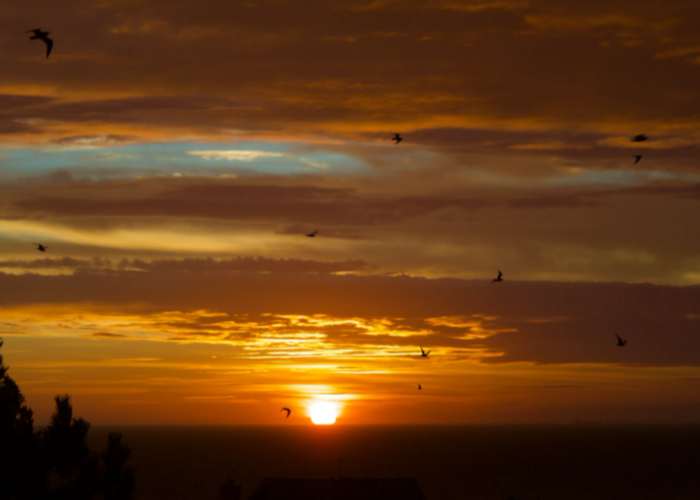
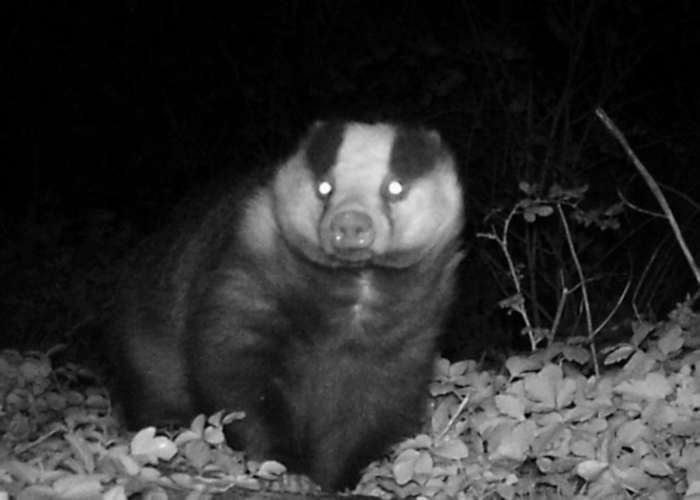
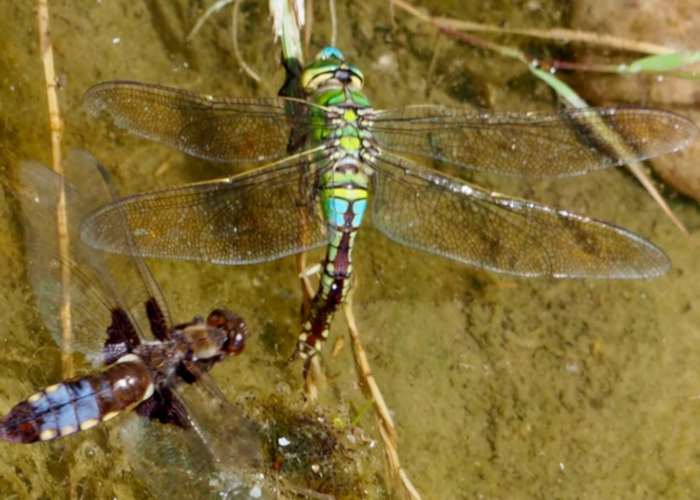
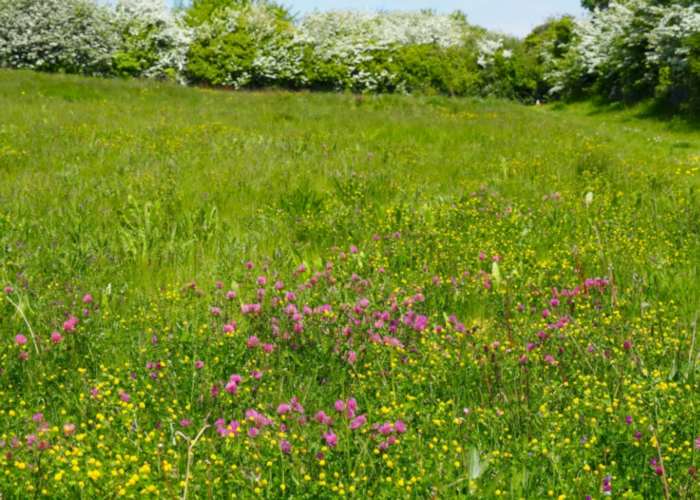
The landholding, together with Soneyhill Wood, is 40 acreas of semi-natural ancient woodland, lowland ash and lowland oak wood. It is a Site of Special Scientfic Interest (SSSI).
Hambrook Marshes is 50 acres in the Stour Valley. It provides a unique wildlife haven in the city of Canterbury. The beautiful landscape of Canterbury’s biggest green open space is a natural wildlife haven, home to thriving bird life and a wealth of plants and wildflower species. Open all year round, its tranquil riverside paths and wetlands are the perfect way to enjoy nature in the city. Click here to go to the Hambrook web site.
Four acres on Grade 4 London clay. We have about 2 acres of wildflower meadow, including Green Winged orchids. We planted a little wood of native species, 356 trees in March 1993 (about 1 acre). We had a large pond dug (still dry after this hot dry summer) and we made a small orchard and large veg plot. We also have 4 chickens.
Three acres of garden around our house, which used to be the farmhouse of Langdon Manor Farm. Since we moved here in 2017 we have reinstated the very large pond that had become silted over. In April 2022 we set up 'Langdon: A Garden for People and Planet', launching the garden as a venue for nature-based workshops and events.
Led by the Wild is a Community Interest Company set up by its four directors, the owners of Whites Wood Farm, Ali and Tom, alongside two primary school teachers, Jo and Steph. We bring together a wide combined skill set from teaching to farming, research to funding and a shared ambition to show how learning through nature can benefit individuals from all walks of life.
As is often the case, the adventure began with a chance meeting in an unexpected place. A conversation in a swimming pool, a hello, a sharing of interests and an offer of help brought the team together. Combining a broad range of skills and experience, it was decided that it was an adventure they were equipped to undertake and took the first step on the path by founding ‘Led by the Wild’ because, if you don’t take that first step, you will never reach your destination!
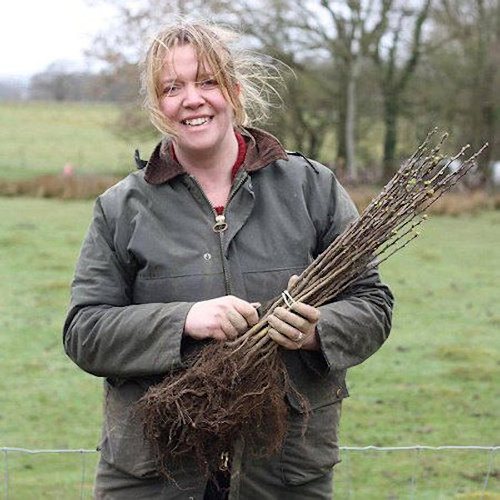
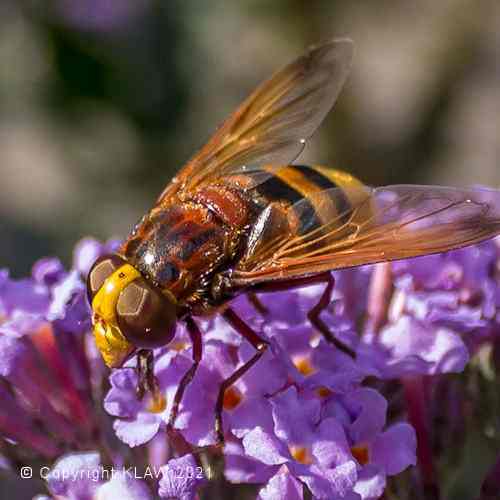
The roots of our enterprise and at the heart of our community organisation, is the aim to engage children, parents and communities in nature-led learning, creativity and wellbeing activities, alongside community conservation and volunteering activities held at our beautiful outdoor site Whites Wood Farm.
Offering a range of activities which includes our twice weekly outdoor under 5s group Tree Tots, Storytelling Groups for families, Wild Warriors for primary school aged children, Wild Women’s group, twilight campfires, conservation days for families and regular conservation volunteering opportunities, Led by the Wild has grown dramatically over the past few years. In doing so we have grown a community around the organisation of like minded individuals and volunteers who come together to help us achieve our shared vision of a more holistic and regenerative relationship between people and nature.
Whilst we had to roll back our activities over the Covid-19 pandemic, we are now moving forwards brimming with enthusiasm about the opportunities that nature can play as society recovers from the pandemic, and the opportunities we as communities can play in helping to restore our natural areas.
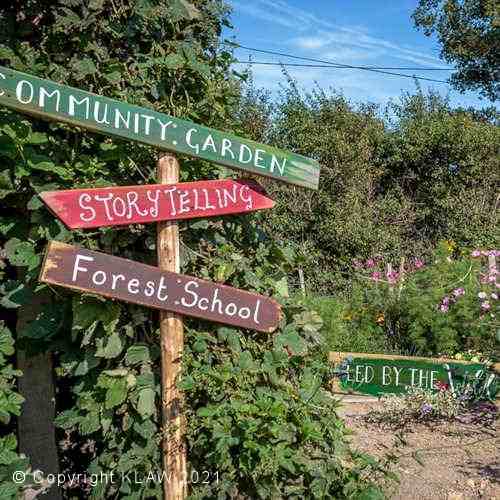
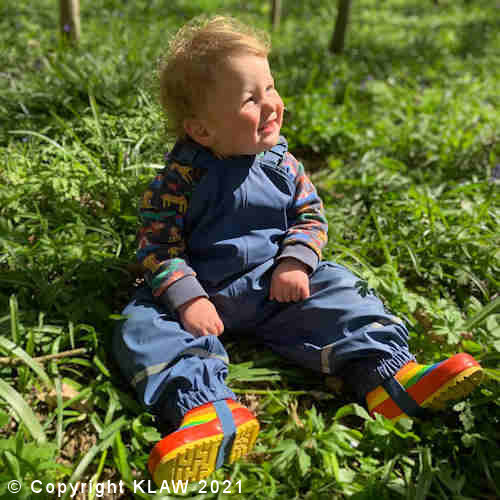
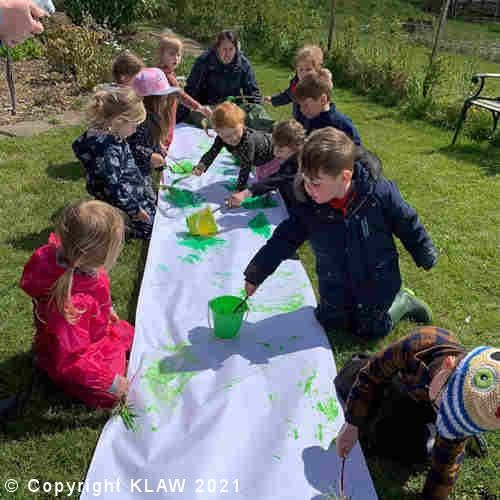
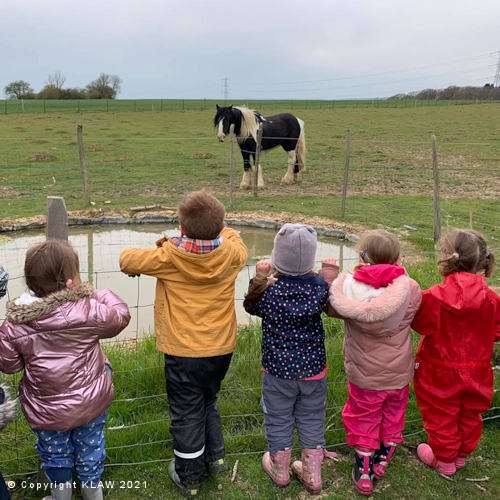

The Meadows, South Green, is 13 acres of chalk grass land, with mixed grazing bordered with woodland. It is used for equestrian grazing, mindful of wildlife development and management.
There is a paradise track for the horses, to control the summer grazing. This year we have cut our first year of hay. We also have a little flock of ex-battery hens and several hives of bees too. Sadly, this has been a poor year for the bees with ‘no spare honey’ produced this year. All the hives are thriving and healthy heading into the autumn/winter.
There are plans for planting additional trees and to regenerate some of the woodland, which has been left unmanaged for some years.
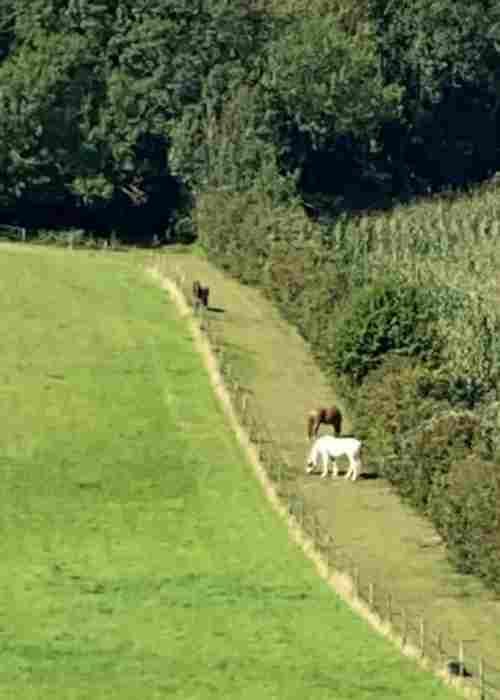
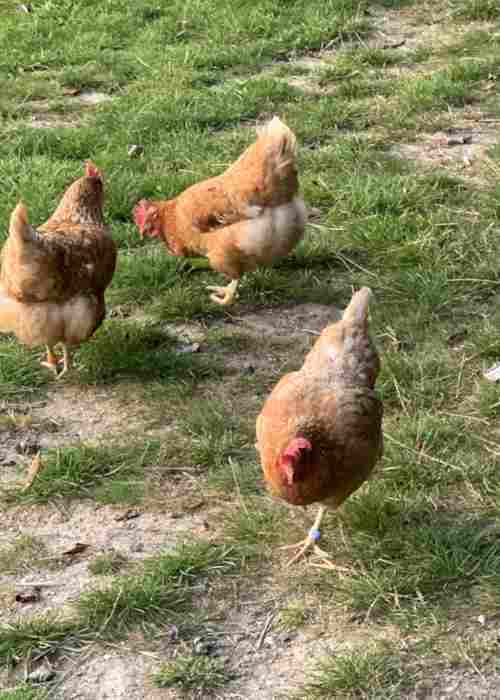
A lifelong interest in birds, particularly nightingales, led us to seek out some land in 2017. Some of this is disused orchard, the rest is mixed woodland and rough pasture. Mystole Orchard, on the edge of the North Downs, has very little level ground and is mainly interconnecting slopes.
This is now a safe haven for not just nightingales but other rare and nationally endangered species including turtle doves and lesser spotted woodpeckers.
Having learned a lot since 2017 we are always happy to share our enthusiasm and will be arranging tours for KLAW members in the near future.
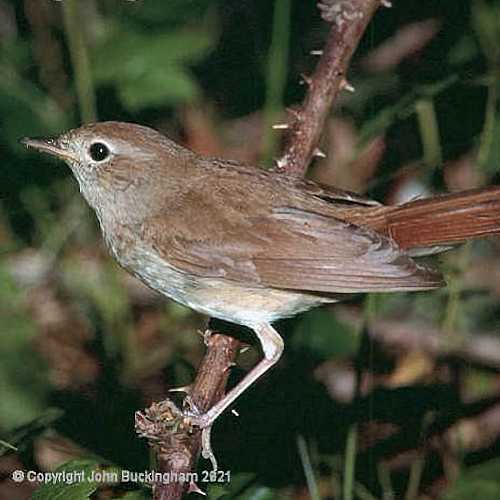
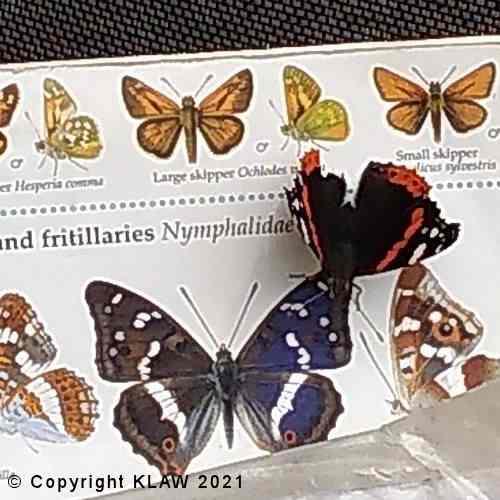
Our initial focus on birds widened quickly into an interest in protecting and studying other aspects of wildlife. Everything from slugs to foxes has become a source of interest. We have also been able to offer Mystole Orchard as a location for wildlife projects - some wildlife experts acting individually, some students in need of an interesting project for their degree.
Our plans are strongly influenced by advice from birding experts Andrew Henderson and Martin Sutherland and from Dan Tuson of Natural England. We remain grateful for their continuing advice and support. We are also pleased to see the progress made by a team of bird ringers led by expert Nick Tardivel.
We are also grateful for advice from our neighbours, John and Wendy Brown. John in particular has displayed great tact in advising us on the best and safest way to achieve our sometimes over ambitious plans.
We are in the unusual position of having to clear some of the original dense scrub and trees, unlike many wilding projects where scrub has to be allowed time to build up. The clearance looks devastating at first, resembling a bomb site, but quickly growing back with a much wider range of plants and species. We have also now mown the rough pasture to give 30% scrub and 70% rough grass. This year we have seen the return of many wildflowers. None are rare but they are a delightful sight.
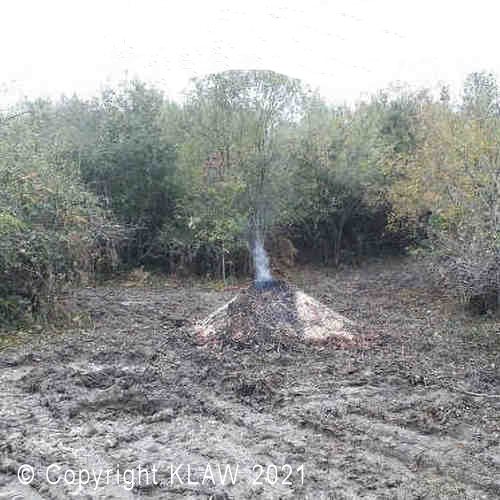
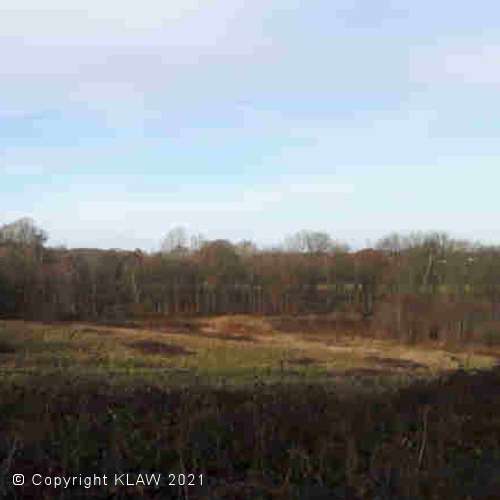
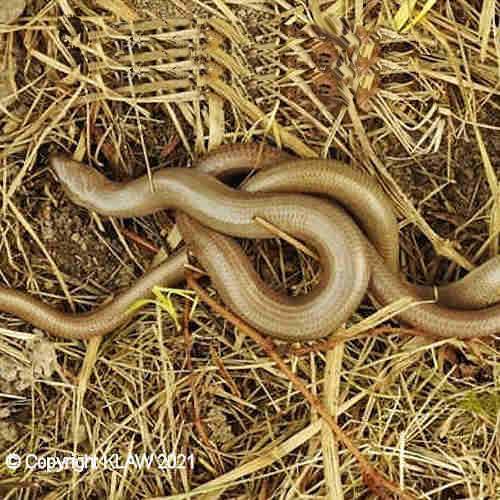
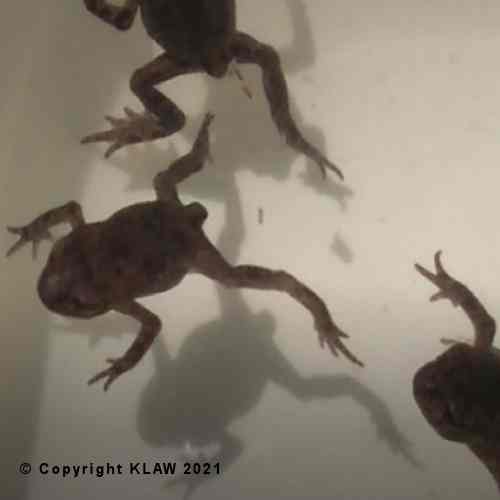
The only significant drawback to the orchard as a wildlife reserve was the absence of water: no ponds, springs, streams or bogs. We gritted our teeth and in 2020 had a bore hole drilled. We now have five wildlife ponds and three areas ranging from 'a bit soggy' to a small full scale bog. The two largest ponds are now also connected by a small stream.
In 2018 Sue Buckingham identified 120 species of wildflower, although none are rare. 25 species of grass have also been identified, necessary for a range of butterflies. Until early summer of 2021 attempts to increase the range and number of wildflowers by sowing native wildflower seeds had been largely unsuccessful. However, the rain of April 2021, followed by the sun of June 2021 has triggered a mass of wildflowers where we had assumed earlier sowing of seeds had failed. We hope to increase the range of plants. Our aim is to introduce enough wildflowers and other wild plants (and their seeds) to help feed wildlife with finicky appetites or that require specific plants, such as the Duke of Burgundy butterfly.
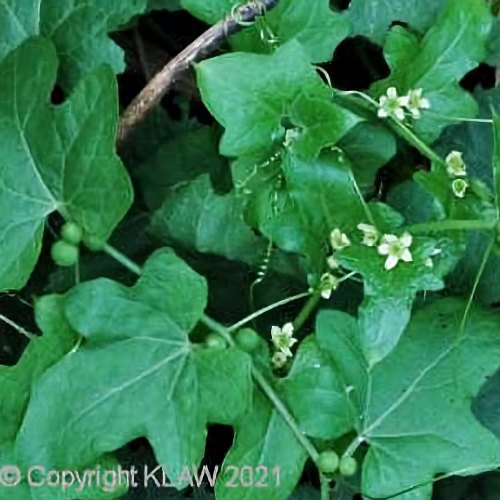
The land is approximately 25 acres of rough pasture, with wide hedges and several natural ponds.
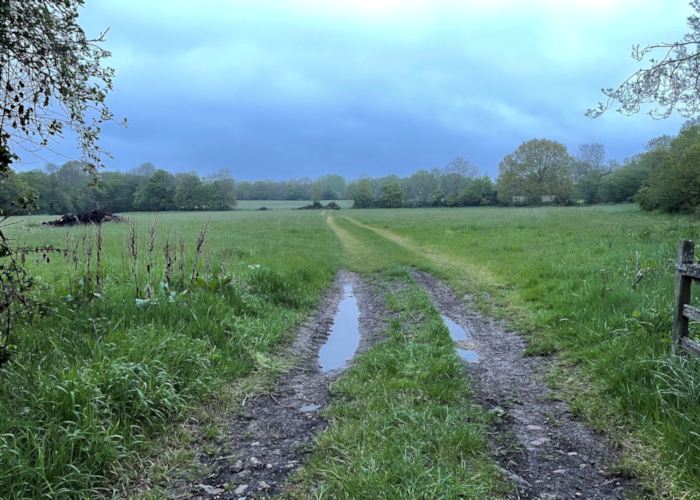
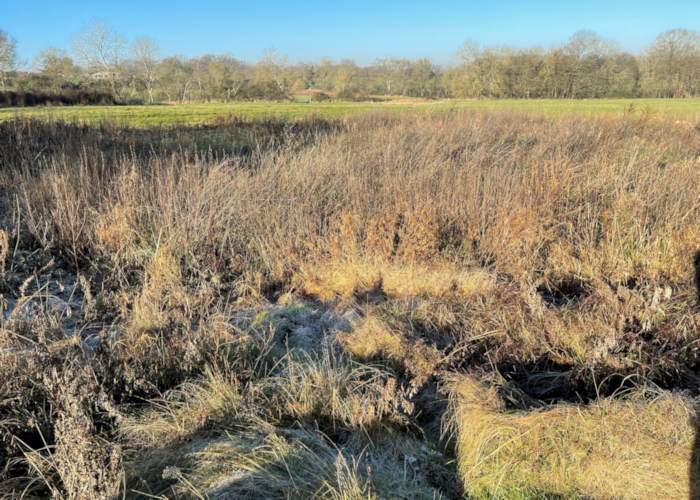
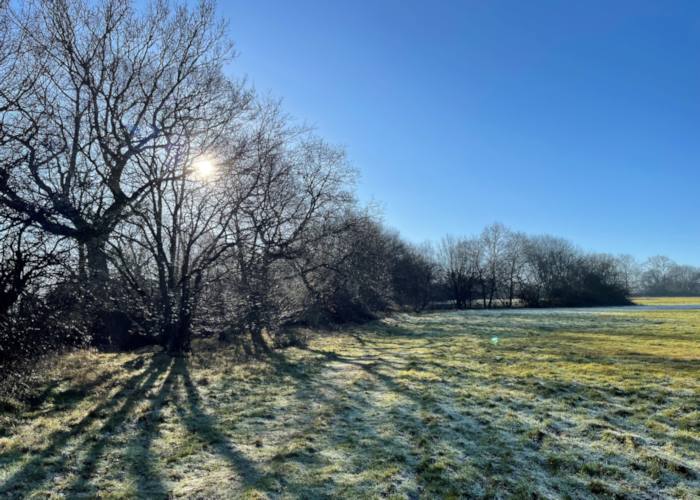
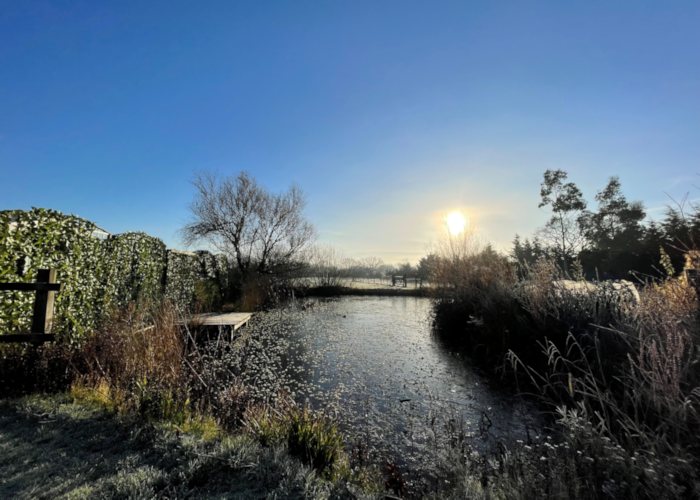

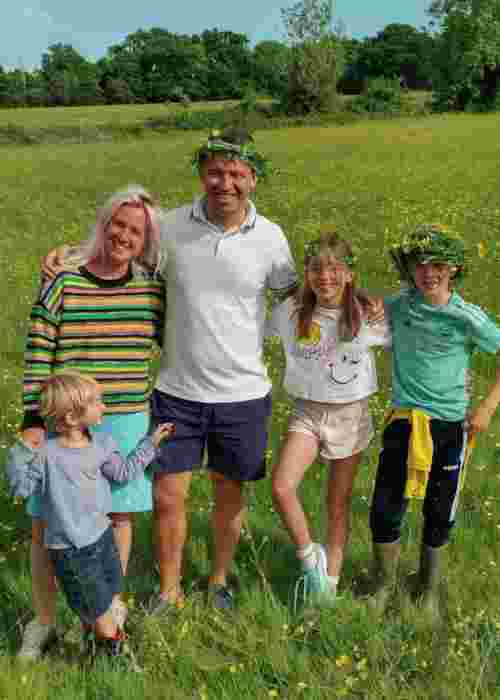
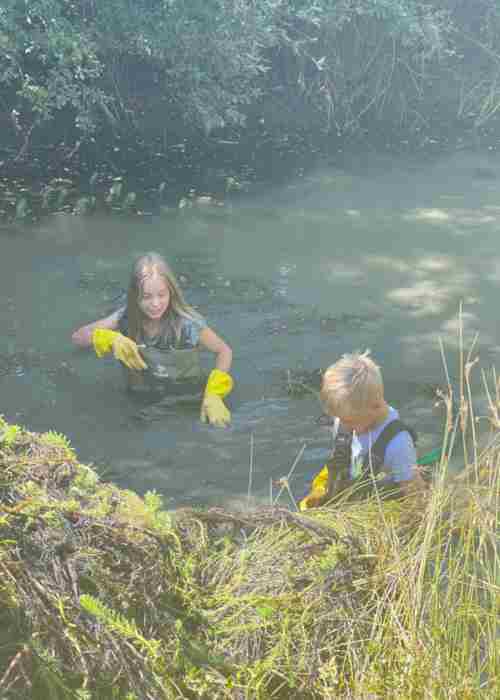
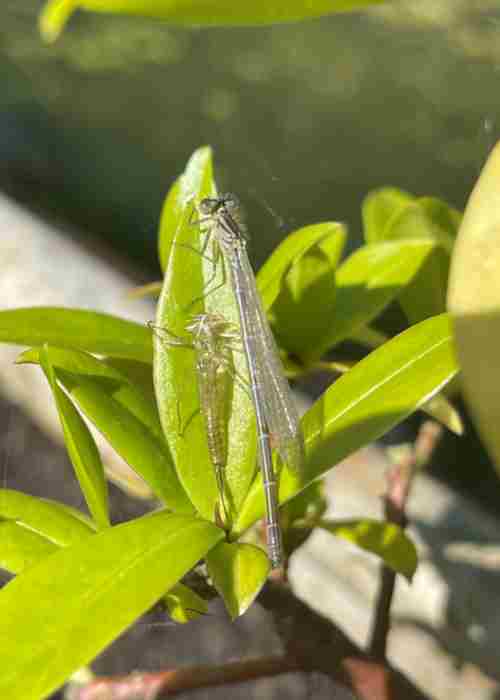
Details are being prepared. The landholding, together with Gorsehill Wood, is 40 acreas of semi-natural ancient woodland, lowland ash and lowland oak wood. It is a Site of Special Scientific Interest (SSSI).
The plot of about 5 acres is divided into three areas. Two of them (totalling about 3 acres) have been planted with native trees and bushes. Between these two now well developed wooded areas are our house, a landscaped garden; including a walled garden, an ornamental pool which is a home to toads and dragonflies, a large lawn, extensive herbaceous borders and mature trees.
The landholding is 20 acres for hay and sheep grazing. There are 4 ponds, 3 dry with one, "The largest" dedicated to wild life. There are 14 mature oak with many more at the sapling stage and doing well, plus 6 bee hives on a dedicated plot.
Tway Wood is a small piece, just under 5 acres, of the Denge Wood complex. It has approximately half an acre of Sweet Chestnut coppice and the remainder is broadleaved woodland with a few Yews. It has been mostly unmanaged for over 20 years and since we purchased it in 2020 we've been slowly trying to improve its condition for wildlife. Already recorded in the vicinity have been Viviparous Lizard, Badger, Rabbit, Fallow Deer, Natterer's Bat, Brown Long-eared Bat and Hazel Dormouse, to name some mammals and then there are Nuthatch, Marsh Tit, Treecreeper, Woodcock and Blackcap amongst the birds. There are also a few species of orchid. These species were present when we took the wood on so we've had a good starting point and hope that our management will encourage more species.
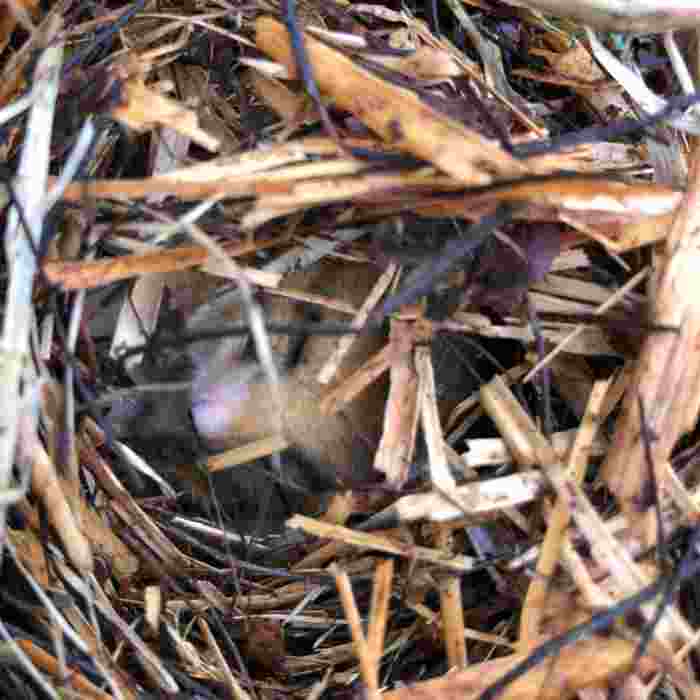
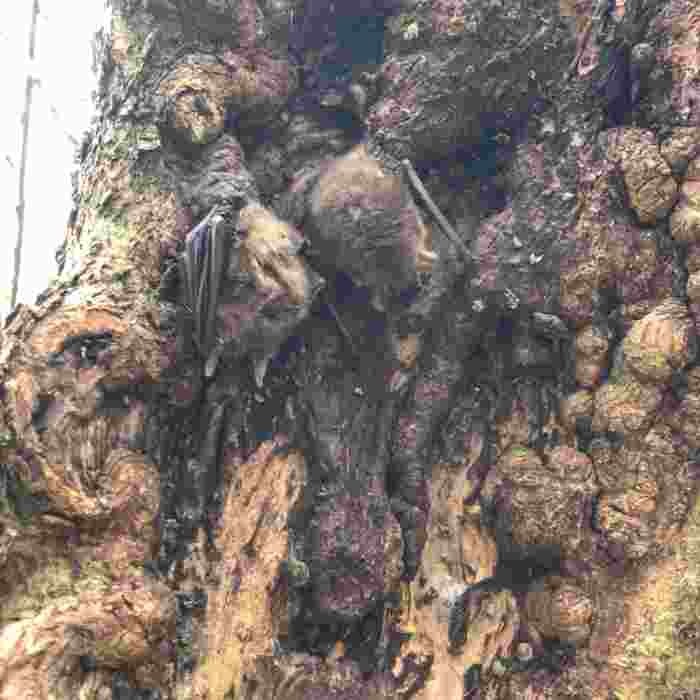
Then there are nuthatch, marsh tit, treecreeper, woodcock and blackcap amongst the birds. There are also a few species of orchid. These species were present when we took the wood on so we've had a good starting point and hope that our management of the land will encourage more species.
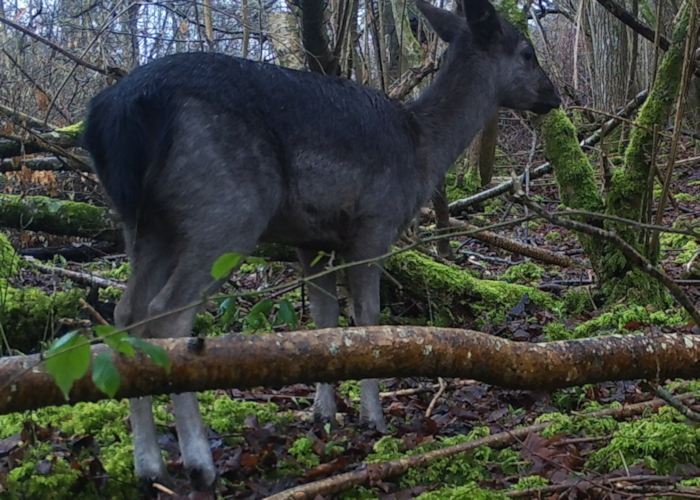
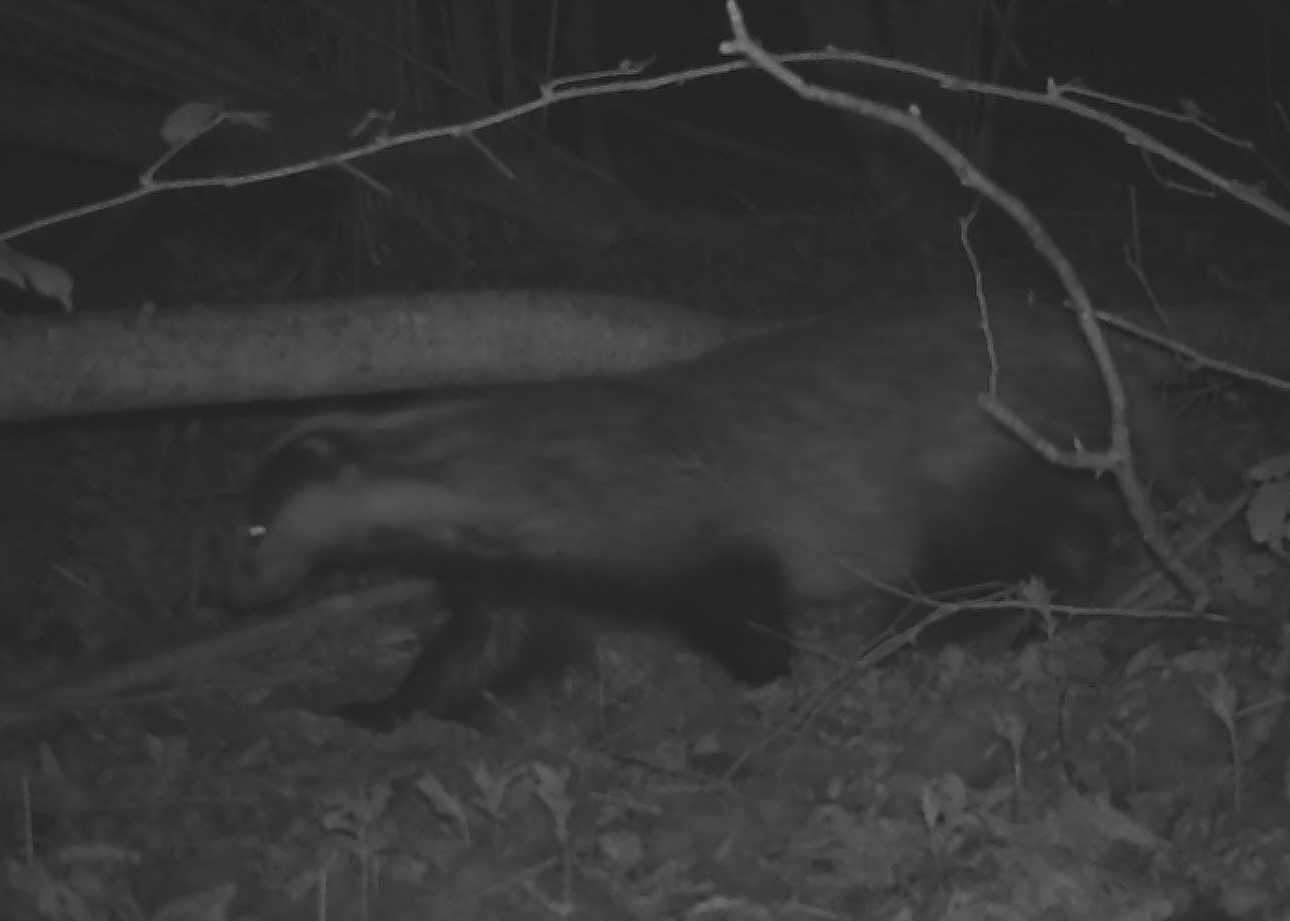
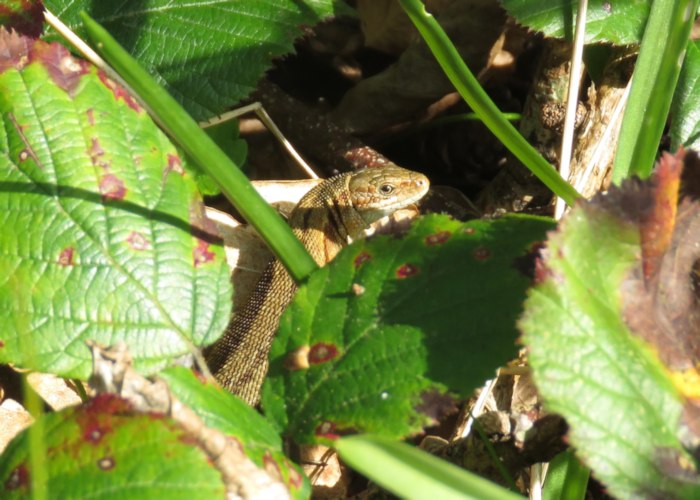
Whippletree Farm is 11 acres of permanent pasture and 35 acres of ancient semi-natural woodlamd, managed using horses instead of tractors.
We don’t just want to conserve the wildlife and natural environment at Whites Wood Farm, we want to take steps to ensure it thrives in every way possible.
Whites Wood Farm incorporates 9 acres of pasture and 21 acres of woodland. Very much a labour of love, embracing traditional rural crafts and low impact farming methods, the land is used as a small holding as our family (Ali and Tom, along with our two sons Iden and Quinlan), work towards living as self-sufficiently as possible, rearing a small flock of Romney sheep, raising pigs and enjoying our farm pony Annie.
In the UK even our most iconic species are in decline including the bumblebee, hedgehogs and many native birds. We depend on each of these species to maintain a healthy ecosystem, especially our pollinating insects. Therefore, we have been committed to taking whatever steps we can across our 30-acre site to help promote as healthy a balance of wildlife as we can. After consulting with Kent Wildlife Trust, who visited us in November 2018, we put together a conservation plan which we have been implementing over the years. Careful year round monitoring has allowed us to not only track the species living on and around the site but also gauge the size of populations.
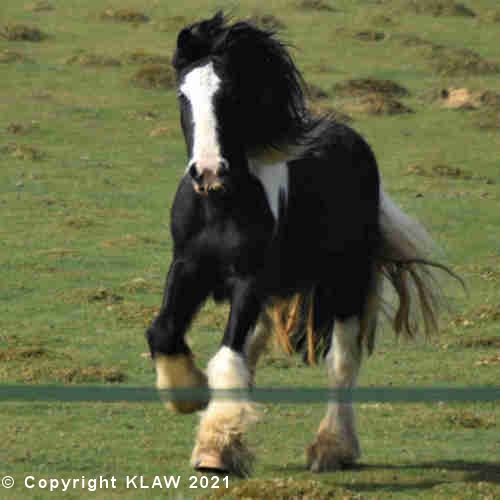
At the heart of the woodland conservation is a careful coppicing plan using a tiered system to maximise habitat diversity. Through the conscientious laying of brush wood and leaving a generous amount of standing dead wood to encourage bats, birds and bugs; we have noticed a significant increase in number and variety of species of birds, including some which are in serious decline, for example Woodcocks. This method also leaves enough space open to the sun, encouraging invertebrates and a large population of lizards and slow worms. Additionally this has seen a large increase in the mammals we monitor onsite including roe deer, foxes, badgers, hares and weasels. Our next woodland is to restore a large pond. The coppiced wood provides ample firewood and all the chestnut we require for post and fencing stakes for the upkeep of boundaries and gate making.
Our pasture land is predominantly grazed by our flock of traditional Romney Sheep, which is in itself important to a variety of insects and birds. The breed has been traditionally kept in this area for hundreds of years and is still prized for its quality wool and meat.
Alongside the grazing land we have been setting aside a good amount establishing wild meadows, including a wetland meadow. We have also restored an old pond in the middle of the pasture, as well as re-establishing the ancient hedgerows and fruits orchards year on year.

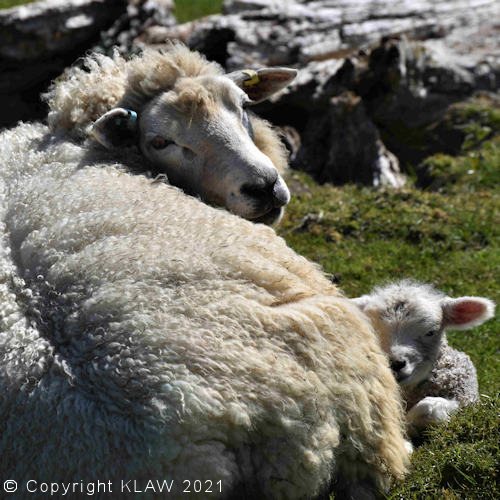
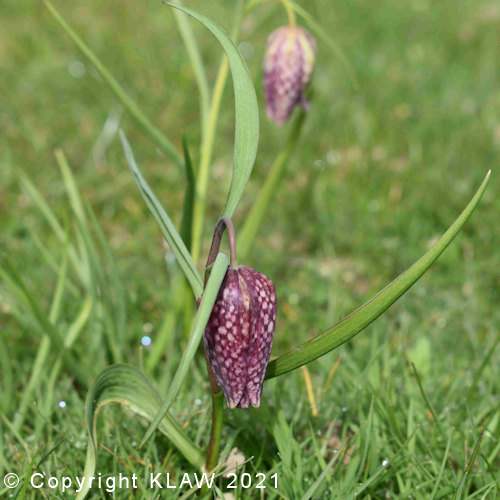
Despite our background in farming and woodland management, adapting our methods to centre around conservation and environmental sustainability has certainly been a learning journey, but one that has been wonderful and fulfilling for our whole family. We hope by sharing some of what we have achieved at Whites Wood Farm can provide inspiration for others now and in the future.

Willow Brook Farm is 18 acres split into roughly four individual areas which are either grazing (for sheep), horticultural, fallow and garden (often wild!).
Ed, the Rebel Farmer, is a market gardener, educator and WWOOF host based in Kent, UK. Click here to go to the WWOOF web site.
Ed is also passionate about education and the need for local, seasonal, ethically grown food. Primary sale crops are soil-grown micro greens, salads and flowers. The Rebel Farmer brand of produce is ethically grown and chemical free using No-Dig/Permaculture methods. Ed grows a number of rare and heritage crops.
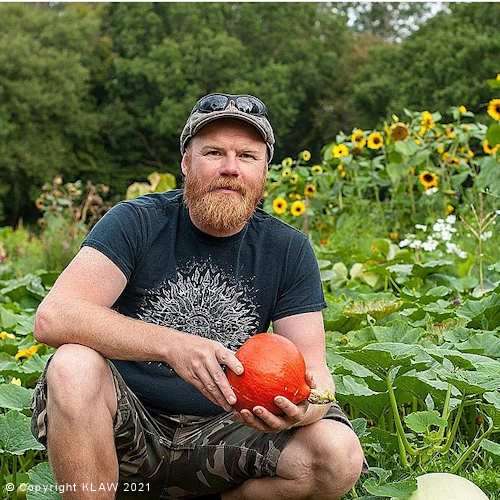

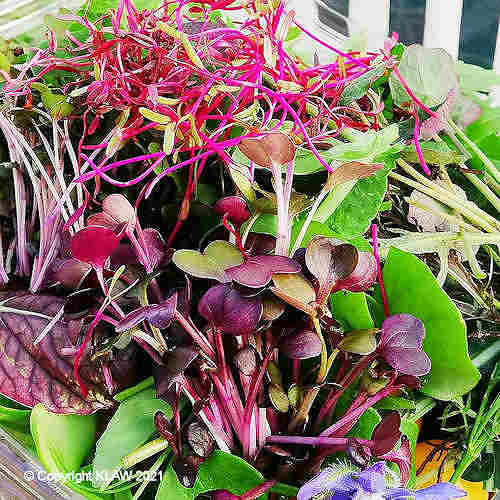
A new project for this year was the planting of heritage wheat at Rebel HQ, in partnership with Wild Bread Bakehouse Faversham.
Next door to the growing plot is Rebel Farmer Tipi. Click here to find more information.